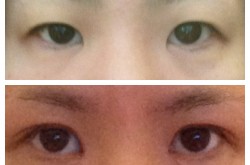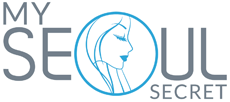Rhinoplasty surgery can change:
- Nose size in relation to facial balance
- Nose width at the bridge or in the size and position of the nostrils
- Nose profile with visible humps or depressions on the bridge
- Nasal tip that is enlarged or bulbous, drooping, upturned or hooked
- Nostrils that are large, wide, or upturned
- Nasal asymmetry
If you desire a more symmetrical nose, keep in mind that everyone’s face is asymmetric to some degree. Results may not be completely symmetric, although the goal is to create facial balance and correct proportion.
Rhinoplasty to correct a deviated septum
Nose surgery that’s done to improve an obstructed airway requires careful evaluation of the nasal structure as it relates to airflow and breathing.
Correction of a deviated septum, one of the most common causes of breathing impairment, is achieved by adjusting the nasal structure to produce better alignment.[/vc_column_text][/vc_tab][vc_tab title=”Cost” tab_id=”1419262818-2-4″][/vc_tab][vc_tab tab_id=”211ef851-96ec-2″ title=”Recovery”][vc_column_text]
Rhinoplasty recovery
During your rhinoplasty recovery, a splint and/or packing will likely be placed inside your nose and a splint or bandages placed on the outside to support and protect the new structures during initial healing.
While initial swelling subsides within a few weeks, it may take up to a year for your new nasal contour to fully refine. During this time you may notice gradual changes in the appearance of your nose as it refines to a more permanent outcome.
Swelling may come and go and worsen in the morning during the first year following your rhinoplasty surgery.
You will be given specific instructions that may include:
- How to care for the surgical site
- Medications to apply or take orally to aid healing and reduce the potential for infection
- Specific concerns to look for at the surgical site or in your general health
- When to follow up with your plastic surgeon.
Be sure to ask your rhinoplasty surgeon specific questions about what you can expect during your individual recovery period:
- Where will I be taken after my surgery is complete?
- What medication will I be given or prescribed after surgery?
- Will I have dressings/bandages after surgery?
- When will they be removed?
- Are stitches removed? When?
- When can I resume normal activity and exercise?
- When do I return for follow-up care?
Forums
[bbp-single-tag id=50]Questions
[sabai path=”/questions” query=”rhinoplasty”]Reviews
 My double eyelid (partial incision) and epicanthoplasty surgery - My surgery was scheduled two days later after the consultation and I was super nervous. My surgery actually got delayed because the patient before me decided to added one more procedure so that bumped me at a later time. However, JW offered me a free spa/facial while waiting (it felt nice!). Anyways, during the surgery I was super nervous but it didn’t hurt at all.
My double eyelid (partial incision) and epicanthoplasty surgery - My surgery was scheduled two days later after the consultation and I was super nervous. My surgery actually got delayed because the patient before me decided to added one more procedure so that bumped me at a later time. However, JW offered me a free spa/facial while waiting (it felt nice!). Anyways, during the surgery I was super nervous but it didn’t hurt at all. 